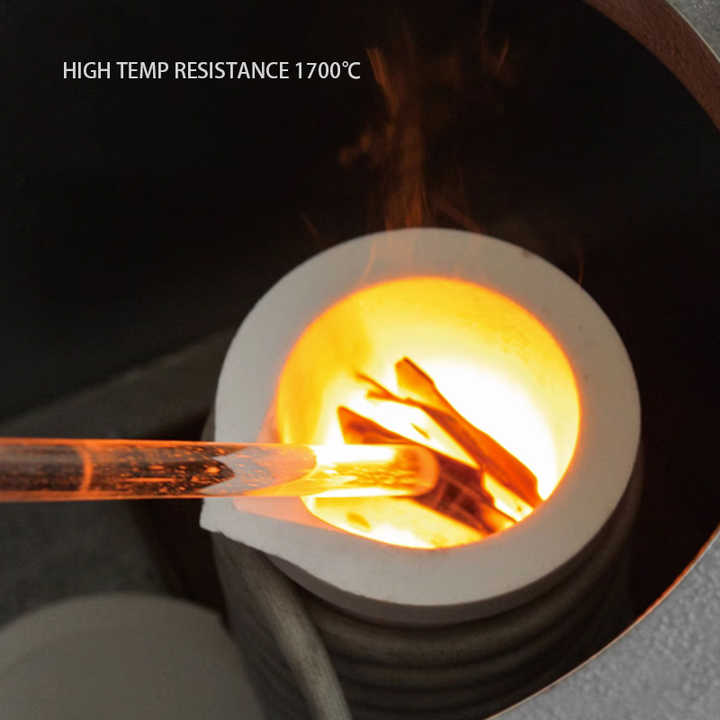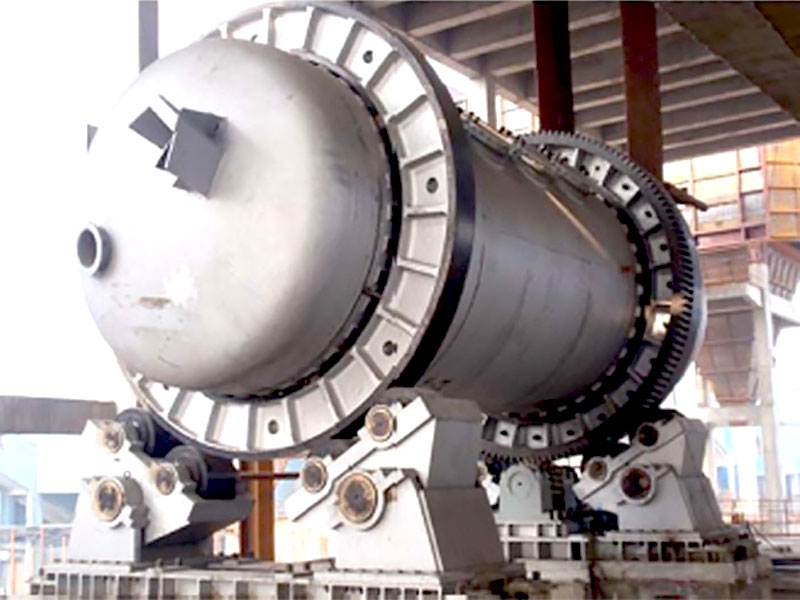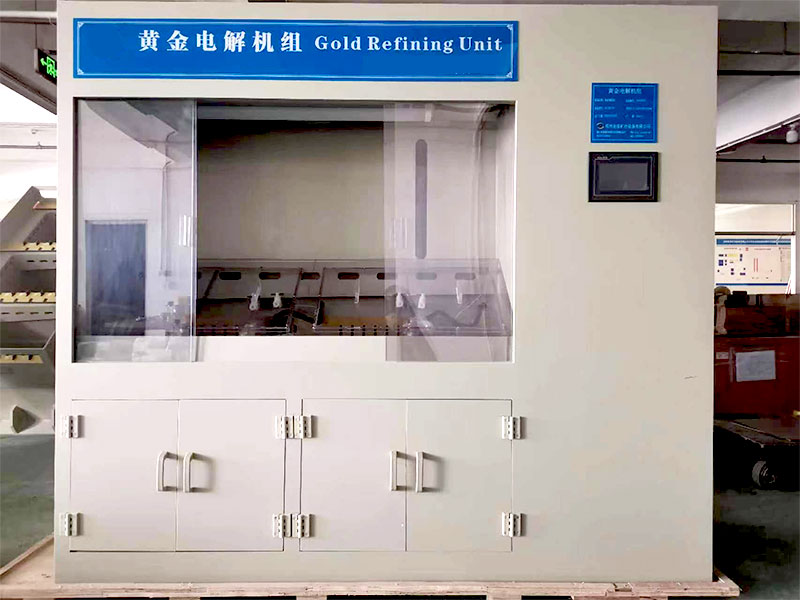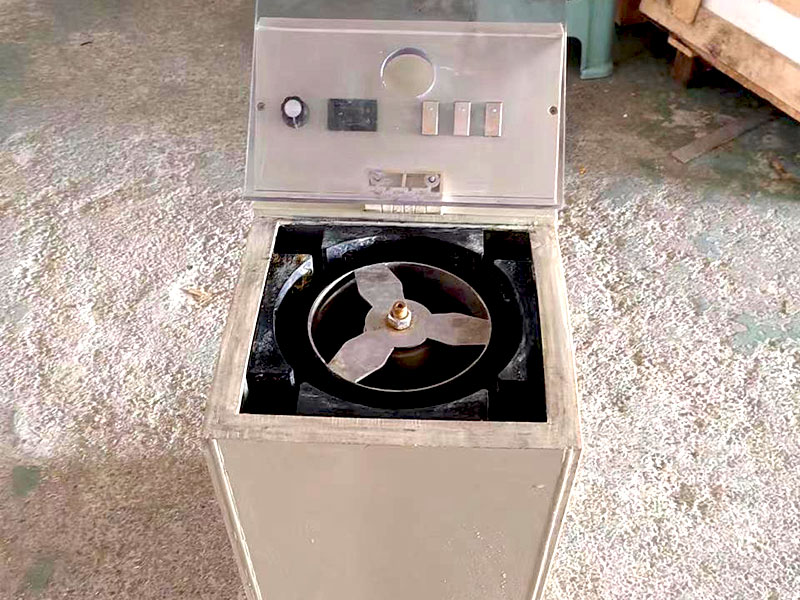electrolytic refining of silver


Exploring Electrolytic Refining of Silver
Electrolytic refining of silver is one of the most effective methods for purifying silver to high levels of purity. This process is widely used in both industrial settings and smaller refining operations. It ensures that impurities are removed from silver, yielding metal with exceptional purity suitable for various applications. In this article, we will dive into the details of how electrolytic refining of silver works, its benefits, and its applications.
What Is Electrolytic Refining of Silver?
Electrolytic refining of silver is a process that uses electricity to purify silver. It involves placing impure silver into an electrolyte solution, where an electric current is applied. This current causes the silver to dissolve into the solution as ions, and these ions are then deposited as pure silver on a cathode, leaving impurities behind. This method can produce silver with a purity of 99.99%, making it ideal for industries where high-purity silver is required.
The process is primarily used for large-scale refining, where a consistent and high degree of silver purity is necessary. It is also employed to recover silver from scrap, making it a valuable technique for recycling purposes.


How Electrolytic Refining of Silver Works
The electrolytic refining of silver works through a series of well-defined steps that involve electrical and chemical reactions. Here is an overview of the main stages involved:
Preparation of the Anode and Electrolyte Solution
The process starts by preparing the impure silver, which serves as the anode. This silver may come from mined sources, recycled scrap, or other refining processes that did not achieve the desired purity. The silver anode is placed in an electrolyte solution, typically composed of silver nitrate and nitric acid. This solution acts as a medium through which silver ions can be dissolved and moved during the refining process.
Application of Electric Current
Once the anode is immersed in the electrolyte, an electric current is applied. This current causes the impure silver to dissolve into the solution as positively charged silver ions. These ions are attracted to the negatively charged cathode, which is usually made of pure silver or stainless steel.
Deposition of Pure Silver on the Cathode
As the silver ions migrate to the cathode, they are reduced back to their metallic form and are deposited on the cathode as pure silver. This process continues until the desired amount of pure silver is collected. The impurities that do not dissolve in the electrolyte either remain in the anode or settle as sludge at the bottom of the cell, which can later be processed to recover other valuable metals, such as gold or platinum.
Collection of Refined Silver
After the electrolysis process is complete, the pure silver deposited on the cathode is removed. This silver is of high purity and can be further processed into ingots, bars, or other forms depending on the intended application. The sludge containing impurities may also be refined further to extract additional precious metals.
Benefits of Electrolytic Refining of Silver
Electrolytic refining of silver offers numerous advantages over other methods of silver purification. These benefits have made it one of the most popular refining methods used today.
High Purity Levels
One of the key benefits of electrolytic refining of silver is the exceptional purity it can achieve. With this method, silver can be refined to 99.99% purity, making it suitable for sensitive applications such as in the electronics industry, jewelry production, and investment-grade bullion.
Efficient Recovery of Precious Metals
During the refining process, other precious metals such as gold, platinum, and palladium can be recovered from the impurities that settle as sludge. This adds significant value to the refining operation, as these metals can be sold or further processed.
Scalable Process
Electrolytic refining is highly scalable and can be adapted for both small-scale and large-scale refining operations. Refineries can process large quantities of silver, making the method efficient for industries that require a continuous supply of high-purity silver.
Environmentally Friendly
Compared to traditional methods of refining, such as smelting, electrolytic refining is more environmentally friendly. The process generates fewer emissions and allows for the recycling of chemicals and solutions, reducing the overall environmental impact.
Applications of Electrolytic Refining of Silver
Electrolytic refining of silver has widespread applications across several industries. Here are some of the primary uses of refined silver:
Electronics Industry
High-purity silver is essential in the production of electronic components such as conductors, switches, and connectors. The conductive properties of silver make it ideal for use in devices like smartphones, computers, and televisions. The electrolytic refining of silver ensures that the silver used in these components is free of impurities, which could otherwise affect performance.
Jewelry and Silverware
The jewelry industry relies heavily on high-purity silver for creating fine jewelry and luxury silverware. Silver refined through electrolytic methods meets the quality standards required for these products, ensuring both durability and aesthetic appeal.
Investment Bullion
Silver bars and coins intended for investment purposes must meet stringent purity requirements. The electrolytic refining of silver guarantees that bullion produced for investors meets these standards, making it a trusted method in the production of silver bullion.
Photographic Industry
Although digital technology has reduced the demand for silver in photography, silver is still used in certain types of photographic film and paper. Electrolytically refined silver ensures that the silver used in these processes is of the highest quality.
The electrolytic refining of silver is a highly effective method for purifying silver, ensuring it reaches purity levels of 99.99% or higher. Whether for industrial applications, jewelry making, or investment purposes, this refining process offers numerous benefits, including high purity, efficient recovery of precious metals, and environmental sustainability. With its widespread use across multiple industries, electrolytic refining remains a crucial process for producing high-quality silver.















